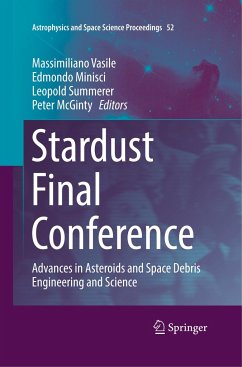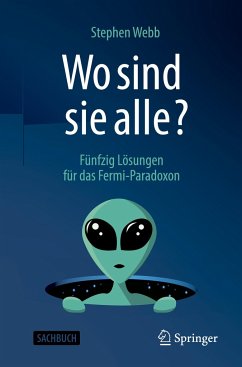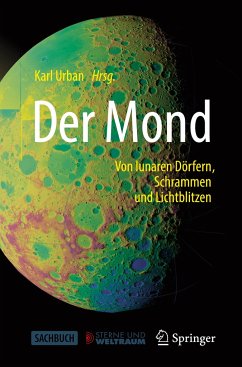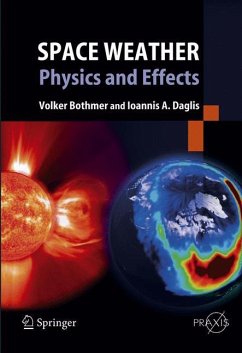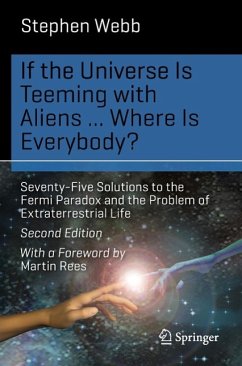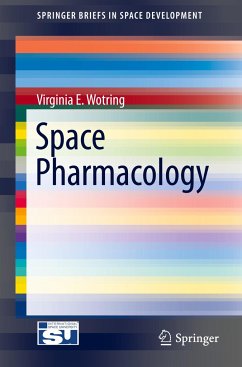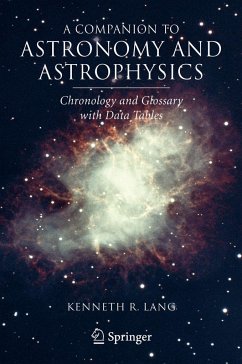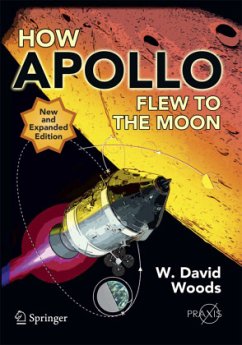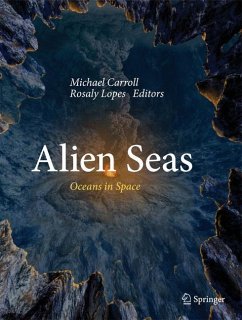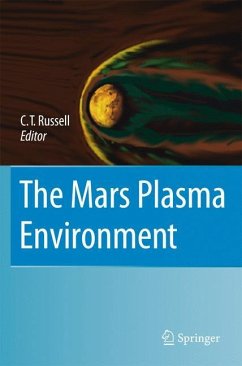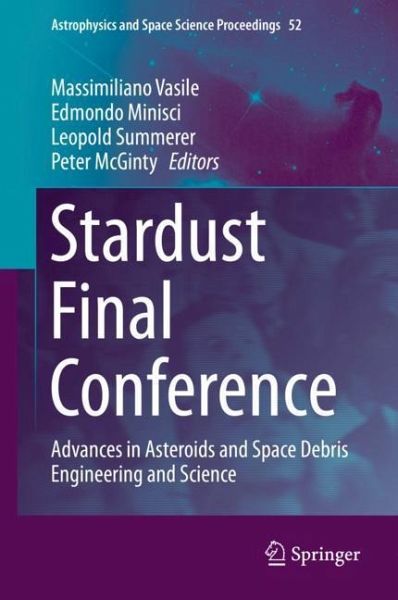
Stardust Final Conference
Advances in Asteroids and Space Debris Engineering and Science
Herausgegeben: Vasile, Massimiliano; Minisci, Edmondo; Summerer, Leopold; McGinty, Peter

PAYBACK Punkte
57 °P sammeln!
Space debris and asteroid impacts pose a very real, very near-term threat to Earth. In order to help study and mitigate these risks, the Stardust program was formed in 2013. This training and research network was devoted to developing and mastering techniques such as removal, deflection, exploitation, and tracking. This book is a collection of many of the topics addressed at the Final Stardust Conference, describing the latest in asteroid monitoring and how engineering efforts can help us reduce space debris. It is a selection of studies bringing together specialists from universities, researc...
Space debris and asteroid impacts pose a very real, very near-term threat to Earth. In order to help study and mitigate these risks, the Stardust program was formed in 2013. This training and research network was devoted to developing and mastering techniques such as removal, deflection, exploitation, and tracking. This book is a collection of many of the topics addressed at the Final Stardust Conference, describing the latest in asteroid monitoring and how engineering efforts can help us reduce space debris. It is a selection of studies bringing together specialists from universities, research institutions, and industry, tasked with the mission of pushing the boundaries of space research with innovative ideas and visionary concepts.
Topics covered by the Symposium:
Orbital and Attitude Dynamics ModelingLong Term Orbit and Attitude EvolutionParticle Cloud Modeling and SimulationCollision and Impact Modelling and Simulation, Re-entry Modeling and SimulationAsteroid Origins and CharacterizationOrbit and Attitude DeterminationImpact Prediction and Risk Analysis, Mission Analysis-Proximity Operations, Active Removal/Deflection Control Under Uncertainty, Active Removal/Deflection Technologies, and Asteroid Manipulation
Topics covered by the Symposium:
Orbital and Attitude Dynamics ModelingLong Term Orbit and Attitude EvolutionParticle Cloud Modeling and SimulationCollision and Impact Modelling and Simulation, Re-entry Modeling and SimulationAsteroid Origins and CharacterizationOrbit and Attitude DeterminationImpact Prediction and Risk Analysis, Mission Analysis-Proximity Operations, Active Removal/Deflection Control Under Uncertainty, Active Removal/Deflection Technologies, and Asteroid Manipulation





